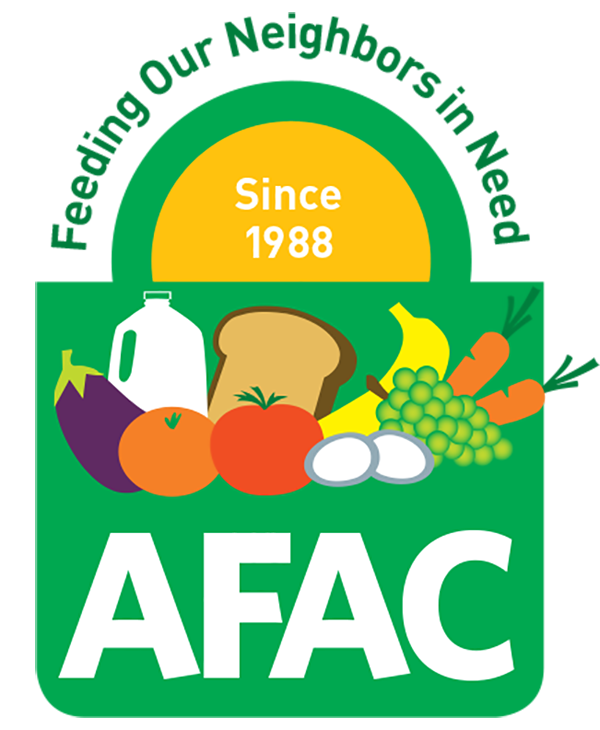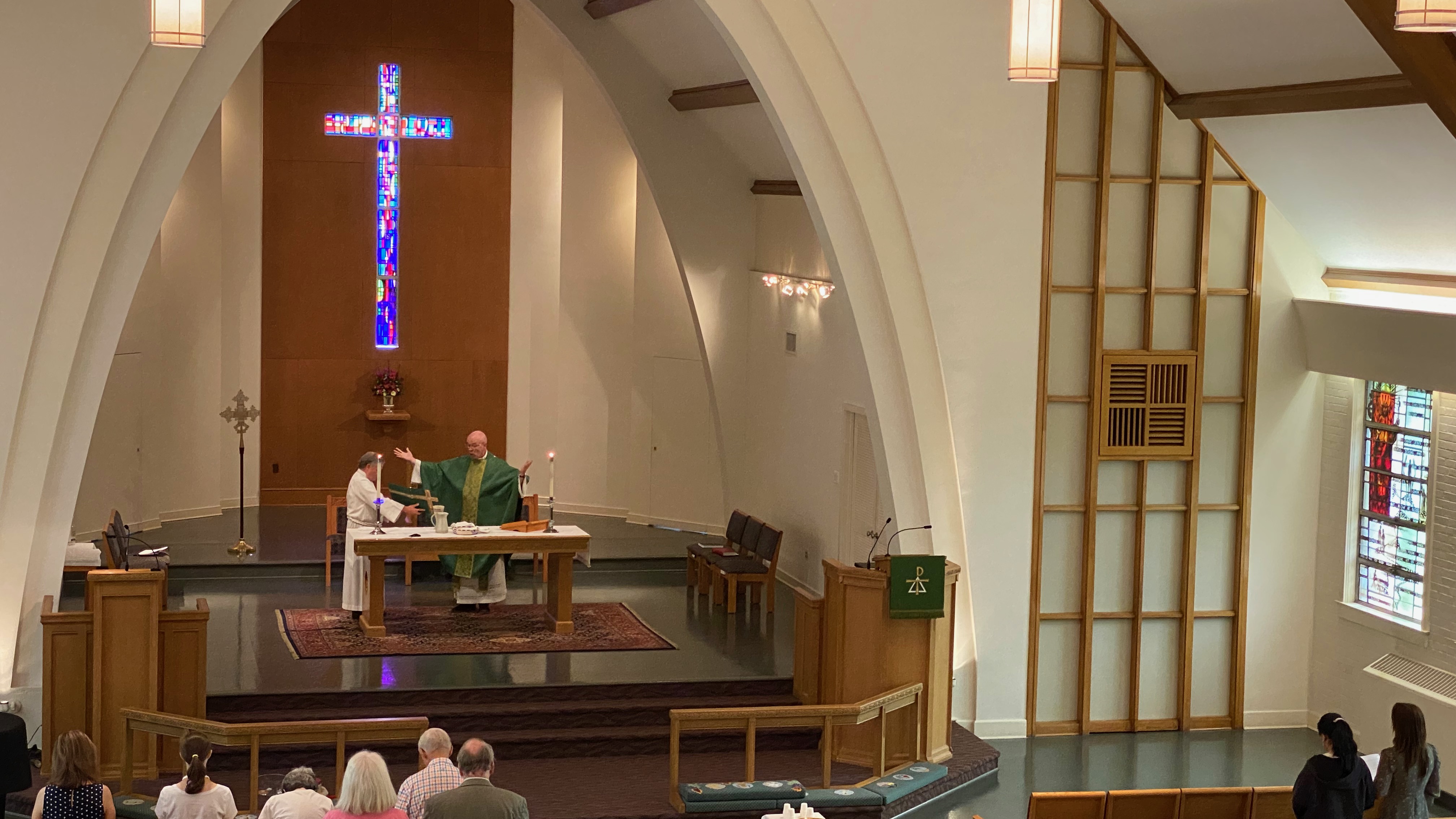Hymn of the Day: “Savior, like a Shepherd Lead Us” ELW 789
Text: attr. Dorothy A. Thrupp, 1779-1847
Tune: BRADBURY, William B. Bradbury, 1816-1868
The text of "Savior, Like a Shepherd Lead Us" first appeared in Hymns for the Young, 1840, which was edited by Dorothy Ann Thrupp. Although no author's name appears with the text, it is thought that Thrupp wrote it, since she often published hymns anonymously, under the pseudonym "Iota," or simply using her initials.
The tune we sing today was written by William Bradbury expressly for this text and appeared in his Sunday School collection, Oriola, 1859. Bradbury was a protege of the great music educator, Lowell Mason. Bradbury sang in Mason's Bowdoin Street Church choir and Boston Academy of Music as a youth, and later started similar church and school music programs in New York where he served as organist at First Baptist Church. Beyond his work as an educator and church musician, Bradbury studied composition in Europe, founded the Bradbury Piano Company with his brother, and edited a number of music books. Bradbury is probably most famous for writing the music to "Jesus Loves Me."
It's interesting that "Savior, Like a Shepherd Lead Us" was originally intended for children. In fact, many classic hymns like "Morning Has Broken" and "All Things Bright and Beautiful" were originally written for youth. Certainly this proves that educating our children and creating lasting music need not be mutually exclusive goals.
Offertory Anthem: “The 23rd Psalm” Bobby McFerrin (1950)
Bobby McFerrin has blurred the distinction between pop music and fine art. His exploration of uncharted vocal territory inspired a whole new generation of a cappella singers and the beatbox movement. McFerrin’s calling has always been to connect people through the unlimited possibilities of music. His original paraphrase of this text produces a very contemporary perspective on the well-known words of assurance.
The Lord is my Shepard, I have all I need,
She makes me lie down in green meadows,
Beside the still waters, She will lead.
She restores my soul, She rights my wrongs,
She leads me in a path of good things,
And fills my heart with songs.
Even though I walk, through a dark and dreary land,
There is nothing that can shake me,
She has said She won't forsake me,
I'm in her hand.
She sets a table before me, in the presence of my foes,
She anoints my head with oil,
And my cup overflows.
Surely, surely goodness and kindness will follow me,
All the days of my life,
And I will live in her house,
Forever, forever and ever.
Glory be to our Mother, and Daughter,
And to the Holy of Holies,
As it was in the beginning, is now and ever shall be,
World, without end. Amen
Opening Voluntary: “Fantasy on St. Columba,” Kenneth Leighton (1929-1988)
“Fantasy on St. Columba” is based on the Irish tune ST COLUMBA (The King of Love My Shepherd Is). In this setting a decorated version of the tune is heard in canon, beginning calmly before growing in intensity. Remarkably, this simple, flowing melody is surrounded and almost swallowed up in piercing, tortured harmonies, arriving at the end with a sense of resolution that is rather reassuring in today’s world.
As a treble chorister from 1938, many of Kenneth Leighton’s formative musical experiences were accompanied by the 1905 Abbott and Smith organ of Wakefield Cathedral, in the West Yorkshire city where he was born and educated. Leighton repeatedly praised the importance of his time in the choir stalls throughout his life, stating ‘My whole background is choral church music. I think one’s early background is terribly important’ and ‘[...] my career as a Cathedral chorister left some of the most vivid impressions in my mind of that time of life [...] what a marvelous musical training.’ Given this musical upbringing that left such a mark, it was perhaps inevitable that Leighton would go on to write a great deal of choral music, mostly liturgical, as well as works for the organ, although initially, the organ was not an instrument for which Leighton felt particularly compelled to write, or even with which he felt particularly comfortable, turning to it only in his mid-thirties. He was most concerned overall with the instrument’s architectural possibilities, at various times lamenting how the lack of clarity in the organ bothered him. As late as 1979 in a published interview, Leighton stated how he ‘[...] found the organ frustrating, there’s very little good music to play on it anyway apart from Bach’. While it seemed to present a significant challenge for him to overcome, however, his solo organ music constitutes a significant part of his output as a whole. Indeed in the same 1979 article he also goes on to say how ‘[...] I’ve found writing for the organ very exciting recently and I’ve kept on at it’. I’m glad he did!
Closing Voluntary: “Good Christian Friends, Rejoice and Sing”, Healey Willan (1880–1968)
It is always a pleasure to play a piece by Healey Willan. His harmonies are full and resonant and the settings, whether quiet and introspective or sonorous and vibrant, are always moving.
James Healey Willan was born on October 12, 1880, in Balham, Surrey, England. He had a wide experience as a composer of a full-length opera, a symphonic work, countless organ and choral works, as a music educator, a choral director, and a church musician. He played his first service at the age of eleven in 1891 and his last service on Christmas Eve, 1967, just two months before he died on February 16, 1968.
Having served churches in England, Willan left for Canada in 1913 to serve as organist and choirmaster at St. Paul’s Anglican Church in Toronto as well as head of the Theory Department at the Toronto Conservatory of Music. In 1921, he accepted the position of organist-choirmaster at St. Mary Magdalene Church, an Anglo-Catholic parish in Toronto, where he was to remain for the rest of his life. During his tenure there, Willan also accepted in 1938 the position of Professor in the Music Faculty at the University of Toronto.
Most of his hymn-based motets and organ preludes came into existence after his retirement from the University of Toronto in 1950, the most prolific compositional period of his life. Willan is probably best known for his sacred and liturgical music, especially that written for St. Mary Magdalene Church. His anthems, hymns, motets, mass settings, and carol settings contributed to his reputation as the “dean of Canadian composers.”
This organ piece is based on the well-known hymn “Good Christian Friends, Rejoice and Sing,” tune name Gelobt sei Gott, by Melchior Vulpius (1570-1615). Full and festive, the basic structure is that of a short introduction followed by the phrases of the tune alternating with interludes and offering a richness of harmonic beauty typical of Willan’s compositions.






